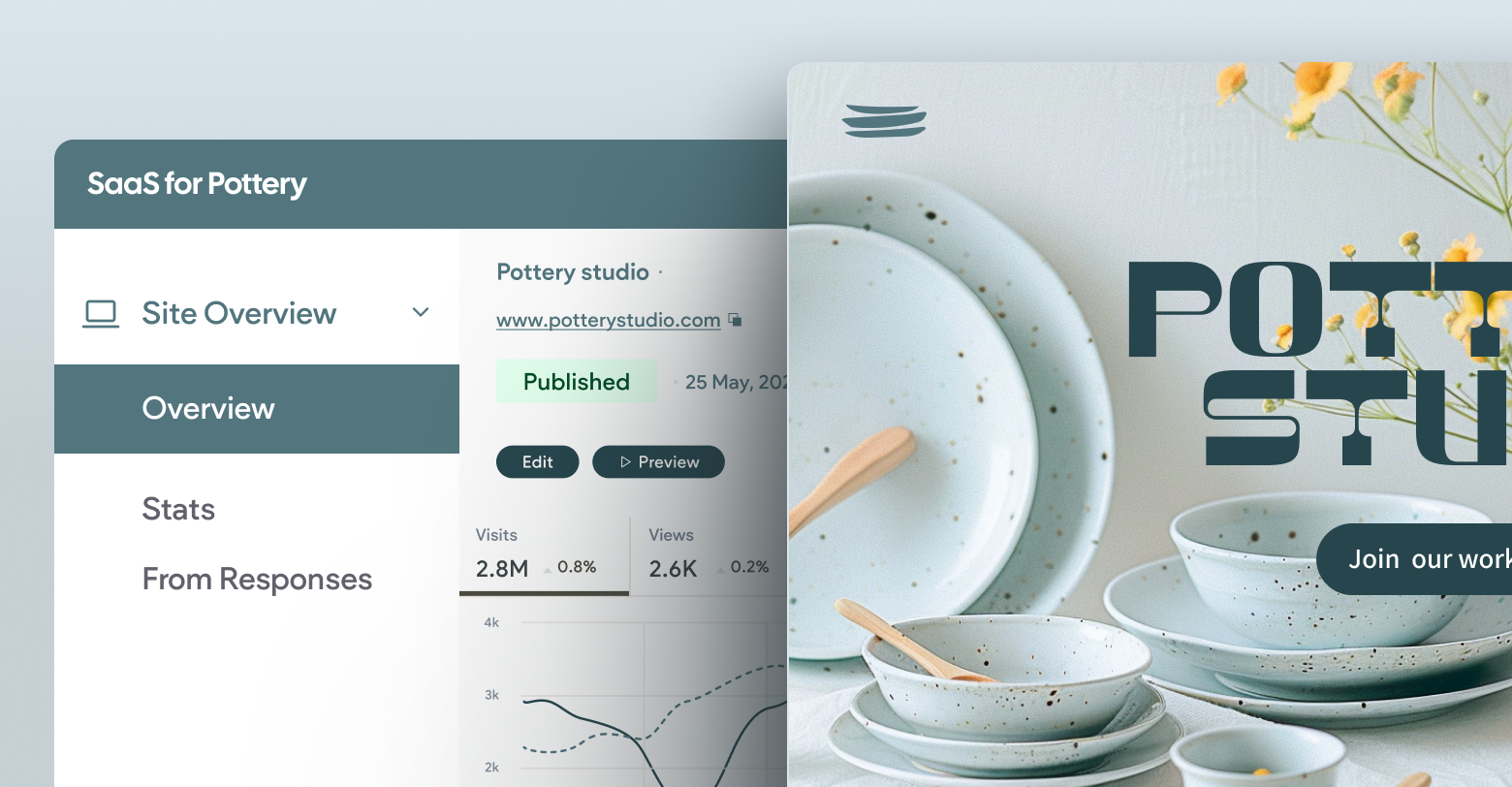A more complete solution means the SaaS solution is stickier and can help decrease the likelihood of the SMB churning and going to a competitor. Adding more relevant products, including websites, to the SaaS stack can improve retention of those SMB customers.
Vendasta found that “selling an SMB 1 product has a retention rate of only 30% after 2 years. Selling that SMB just 1 more product showed an increased retention rate of nearly 20%, while selling an SMB 4 products shows a retention rate of 80%.”
A really good example mentioned in the Wales article is a vertical SaaS solution for property management called
appFolio. At the time of their IPO, appFolio was able to charge an average of about $5000 per year per account. Several years in, however, after adding many more capabilities to their solution and building out their vertical SaaS stack, they were able to increase that number substantially. Now their average account spends about $13000(!) per year.
In some cases, these “extra” parts of the vertical SaaS solution end up eventually bringing in more revenue than the “original” solution did.
Vertical Saas Makes It Easier for Small Businesses to Buy
Most small business owners are strapped for time. If they can get more of their solutions from a single provider who knows their industry, the easier it is for them.
Since vertical SaaS providers already have website templates, workflows, processes, and terminology tailored for their industry, their SMB clients (who are often the business owners) don’t need to try to figure out how to customize a “generic” solution for their industry. It’s already done for them.
This is another huge timesaver, and why vertical SaaS solutions are well-suited for industries that serve small businesses.
So What’s in the Vertical Saas Product Stack?
Another great vertical SaaS example is
ServiceTitan, which describes itself as an “all in one” business management software solution for residential plumbing, heating/ventilation/air conditioning, electrical and other home services companies.
According to Mucker, the ServiceTitan solution includes:
- Online presence
- Marketing analytics
- CRM
- Workflow
- Business analytics
- Accounts Payable and Accounts Receivable
- Payments
- Financing and other features
By pulling all these capabilities into a single solution for their customers, they provide a very compelling solution. Moreso, they increase the chance their customers will be successful, since all of the technical stack components their customers need are already set up to work together.
The Importance of Including Websites in the Vertical Saas Product Stack
For small businesses, the website is often the first impression their customers get of their business. If their websites are out of date, not well designed, not mobile-friendly, not modern-looking, not fast, or not tuned for SEO, their prospective customers are likely to bounce and move on to the next option on their list.
Vertical SaaS companies should be including websites into their stack and bundling websites with their offering.
SaaS platforms can help their SMB customers be more successful. Providing those customers with a modern web presence increases the likelihood that those SMB customers will stick with the SaaS provider over time for a number of reasons, including:
- A great website helps the small business be more successful, increasing their likelihood of still being in business the following year
- A tight integration between the website and the back office functions of the SaaS platform means that the SMB’s data only needs to be managed in one place
- When a SaaS solution delivers more value, they may be able to charge more, increasing their average revenue per account
What’s Needed to Successfully Include Websites in a SaaS Solution?
Duda is a great complement for SaaS companies looking to partner with a professional website builder to integrate into their solution. The reasons are:
Adding a website builder to a vertical SaaS solution makes sense
The best experts — companies who have implemented a professional website builder — agree.
G2, a ratings and reviews analyst site that ranks software using real customer reviews, ranked the Duda professional website builder as the:
- #1 professional website builder for “Best Results”
- #1 professional website builder for being “Most Implementable”
- And named Duda the “Easiest to do business with” for Mid-Market and Enterprise customers
For SaaS platforms looking for ways to increase their average revenue per account, expanding their offering by adding new capabilities is a logical choice. And for vertical SaaS platforms that sell to SMBs, expanding their offerings by partnering with Duda is a strategy worth exploring.







